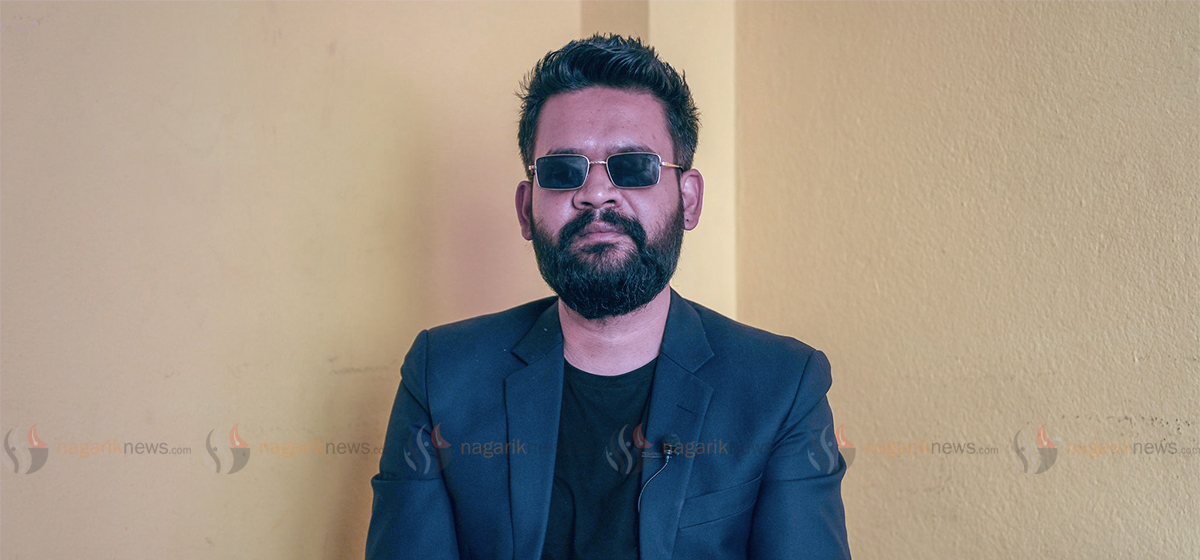Health and education are some of core areas of service delivery and local development that fall within the responsibility of the local government
Kathmandu Metropolitan Corporation (KMC) has formulated laws on basic rights and services in pursuance of the provisions of the constitution of Nepal 2015 and the Local Government Operation Act 2017. The constitution elevates the status of the 753 local bodies such as KMC into the realm of building frame of the state.
This transforms the centrally controlled local bodies into the legally competent democratic institutions for participatory democracy and development. The constitution allocates a separate list, delineates functions and competencies for local governments in schedule 8.
It clearly stipulates functions of local government with significant role in public service delivery and local development consistent to federal architecture provided in the constitution.
KMC takes action against four edible oil brands for selling con...

Of the twenty two major competencies spelt out in the constitution for local government, most are related to public service delivery and social protection. Health and education are some of core areas of service delivery and local development that fall within the ambit of the local government. Managing basic and secondary education has been constitutionally devolved as the major functions of the local government.
The local government institutions like KMC are constitutionally enabled to exercise executive and legislative authorities on the roles and functions devolved upon them. The constitution sets forth both exclusive and concurrent functions of local government. The local government Operation Act 2017 provides the details on legislative procedures in adherence of which local governments should formulate and implement local laws.
The federal government has also developed guidelines to assist local government to legislate and formulate local laws. KMC and others have exercised their legislative authority and formulated local laws. Of the local laws legislated, the School Education Management is noteworthy.
It was formulated by KMC as per section 11 of the Local Government Operation Act and it will be implemented soon. This is the beginning of the local government’s attempt to gradually implement twenty two major competencies spelt out in the schedule 8 of the constitution. Moreover, the publication of the municipal law related with education management in the Local Gazette conforms to pro forma of Nepal Gazette. This is indicative of elevation of local entities into local government exercising state authority, more or less similar to the federal and provincial governments. The School Education Management rules formulated by KMC is comprehensive and elaborate enough to cover several aspects dealing with governance and management of educational institutions in the capital city.
According to Chapter 4 of the KMC law, education committee headed by mayor comprises deputy mayor, chief administrative officer, representatives of teacher association, social organization and locally reputed individuals. Likewise, the law creates mechanisms like education department within KMC to be headed by an official of the rank of under secretary. Likewise, local law makes a provision for merger of two or more schools, upgrading and down grading of schools and so on for which KMC can use its authority.
Moreover, the law specifies terms and conditions for grants allocation and disbursement to schools. The schools that meet and fulfill minimum conditions will receive grants.
KMC’s exercise shows that local bodies are capable of performing their roles as enshrined in the Constitution of Nepal 2015.
The author writes on local governance and participatory democracy


































